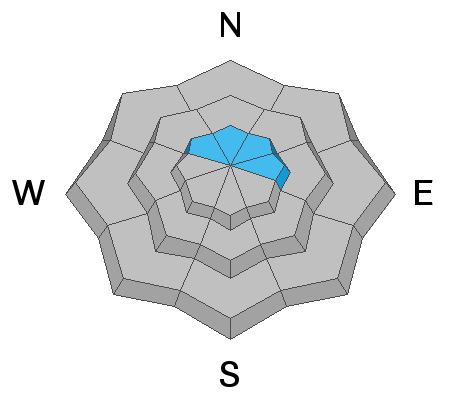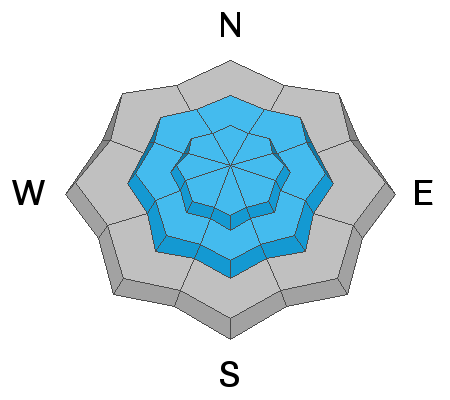Yesterday's cold front came in around noon shifting the winds to the northwest, dropping the temperatures and bringing snow to the valley floor. In the past 24 hrs the Ogden area has picked up another 6-12" of new snow with 0.60" of water. Overnight and into this morning the westerly winds continue to blow at speeds of 10-15 mph gusting into the 30's at upper elevations. Temperatures plummeted yesterday afternoon and are now sitting in the teens °F.
As the storm exits to our east we will remain under a cold west-north-west flow and the northerly winds are expected to continue into the late afternoon with speeds of 10-15 mph gusting into the 30's. We should see another 2-5" of new snow this morning into the afternoon before tapering off later this evening.
What a week of weather!!! Storm snow totals since Monday the 25th are trickling in and it's impressive:
Ogden Mountains: 40-50" snow (4.0 - 4.8" h20)
Provo Mountains: 18-24" snow (1.0 - 2.0" h20)
Wasatch Mountains: 50-70" snow (3.5 - 4.34" h20)
Park City Ridgline: 30-40" snow (2.5 - 3.0" h20)
Reports from the Ogden backcountry included localized cracking and collapsing in the storm snow. Ogden-area resorts reported sensitive storm snow during the morning hours yesterday, including some natural activity in steep rocky terrain. One observation reported finding faceted snow on a northerly aspect above 7,500' in elevation where they experienced a loud collapse of the snowpack.











